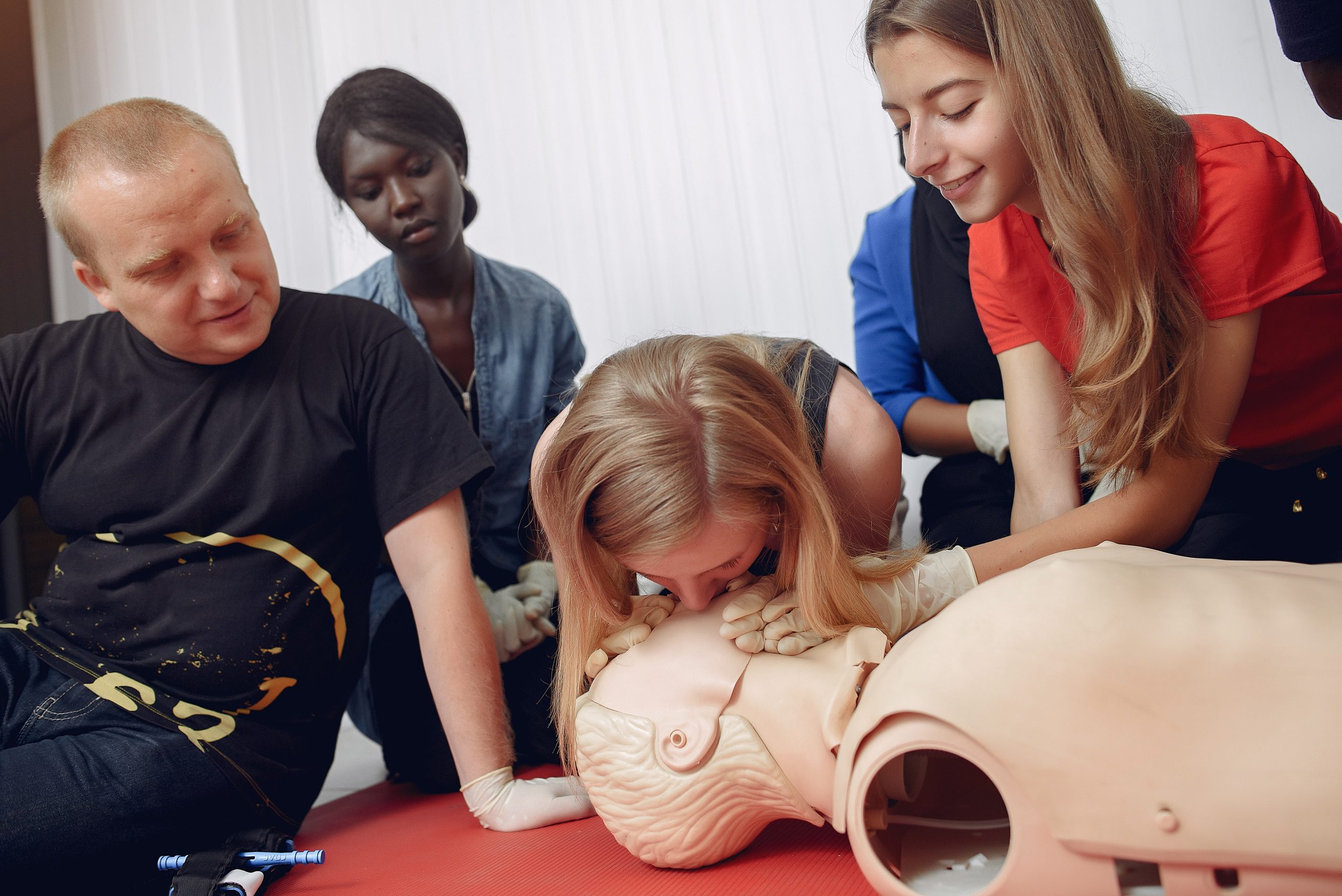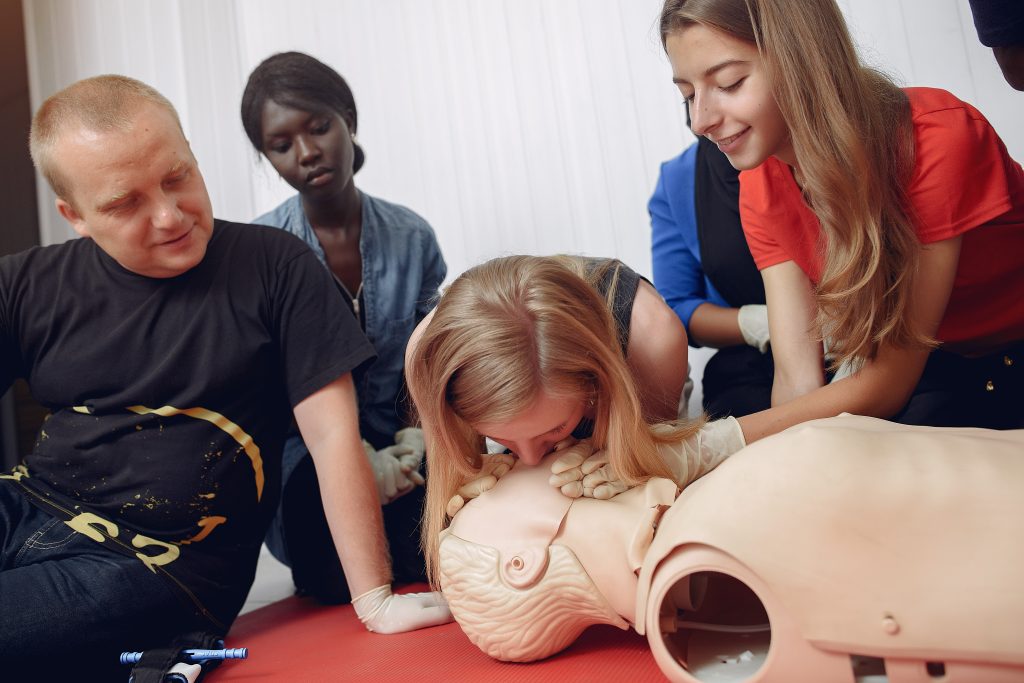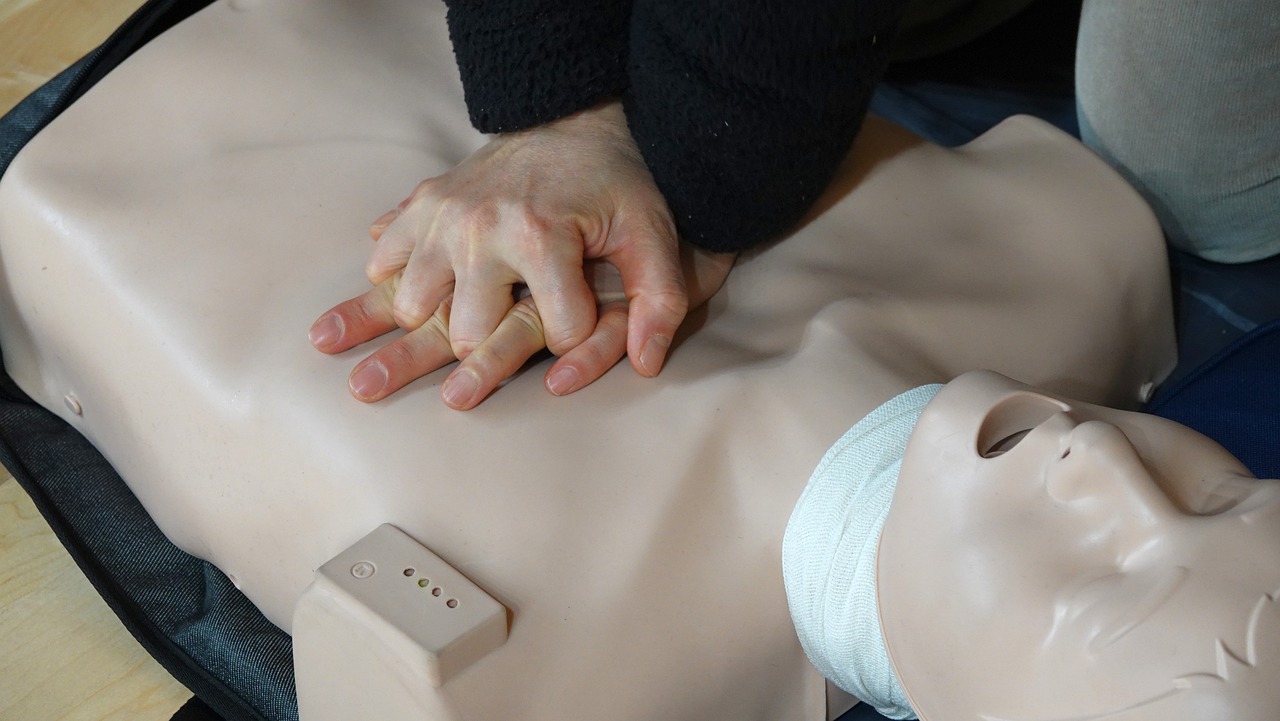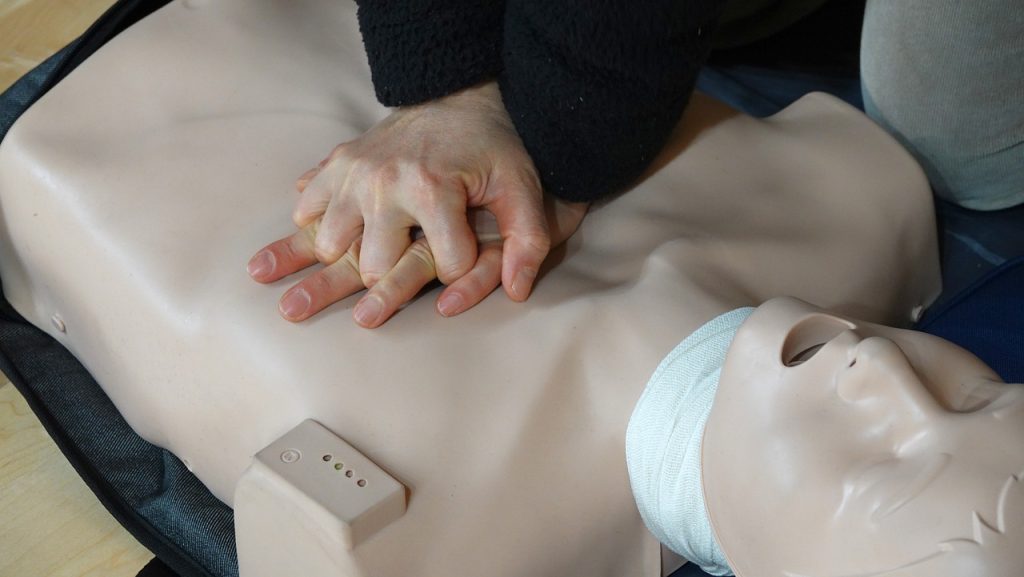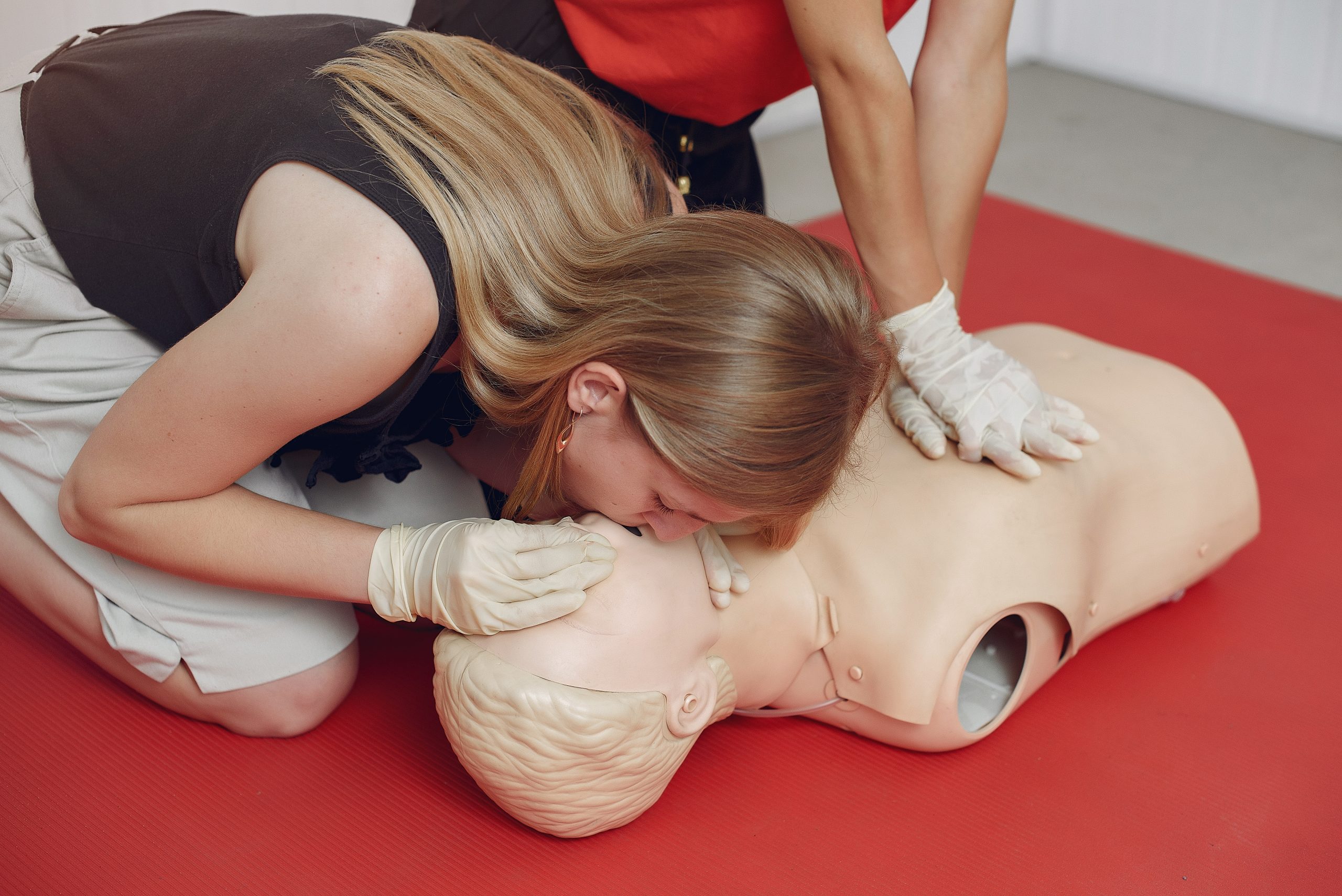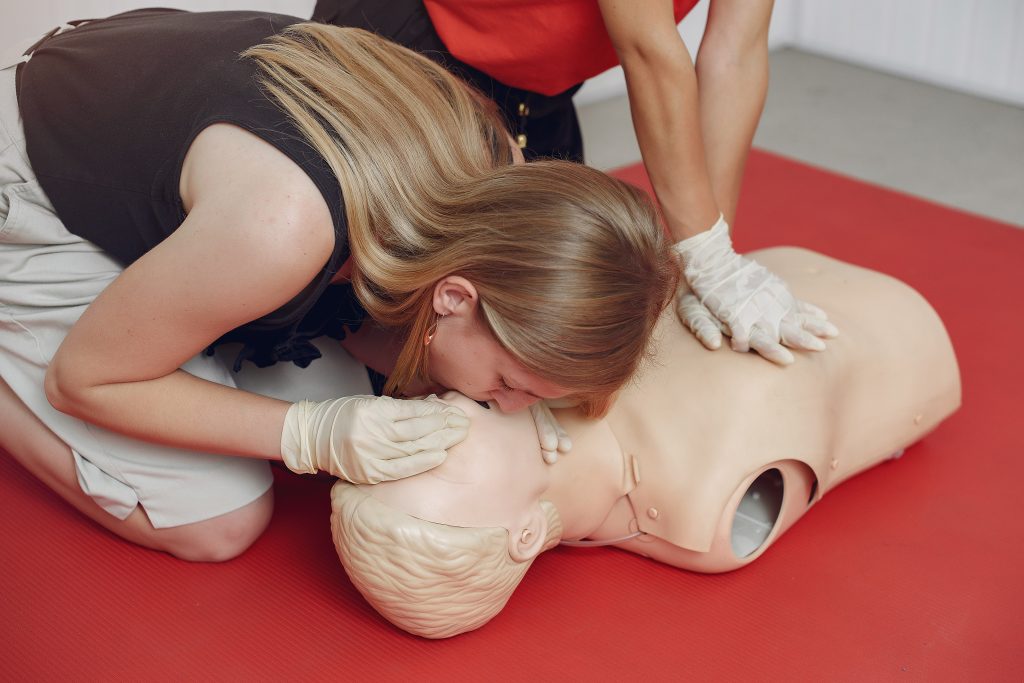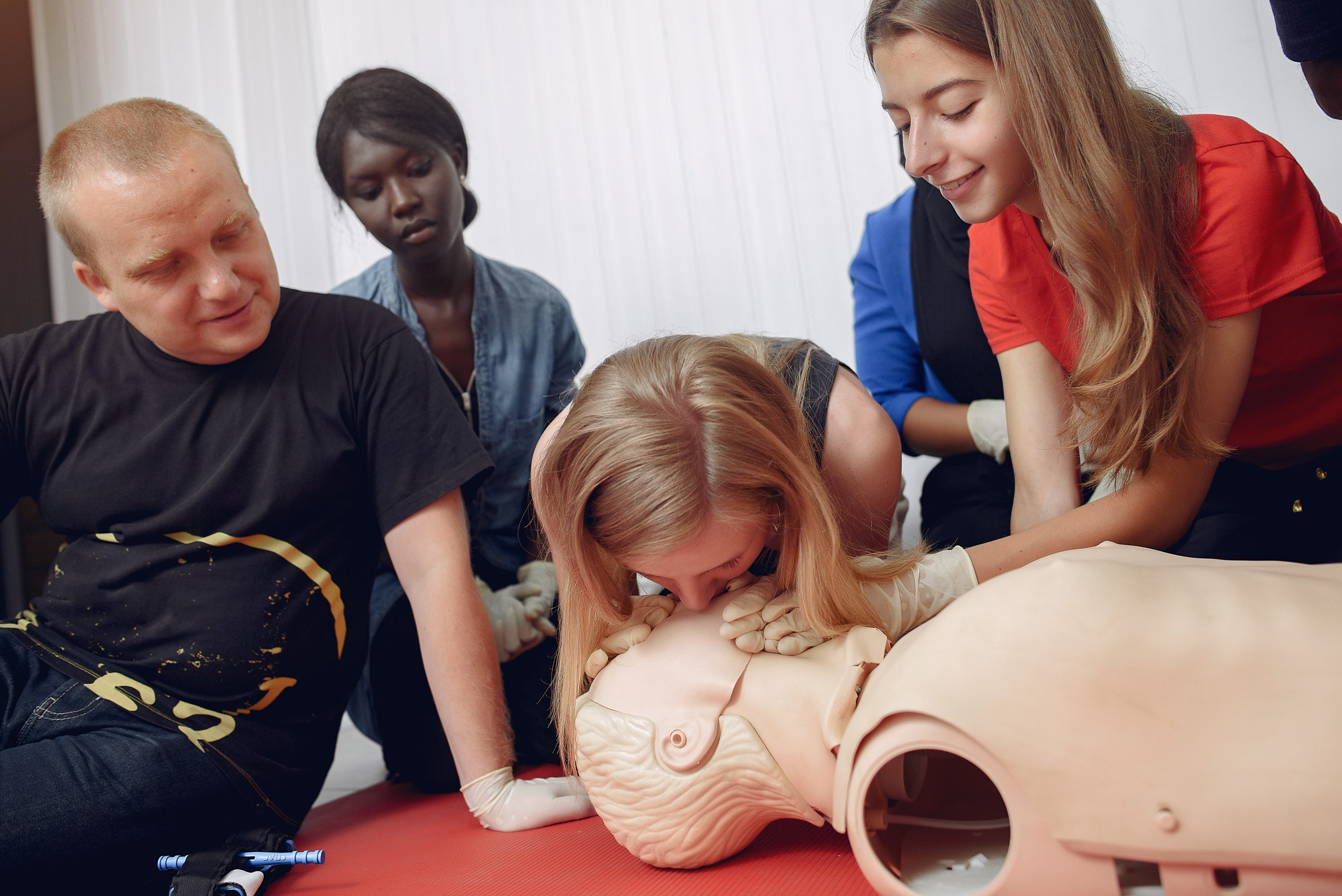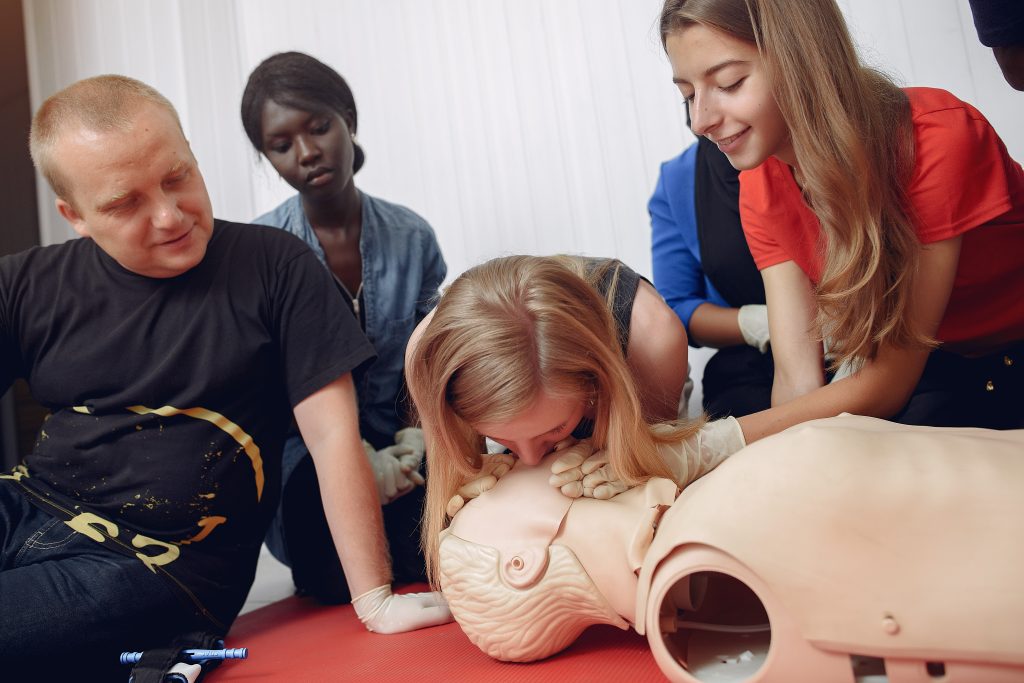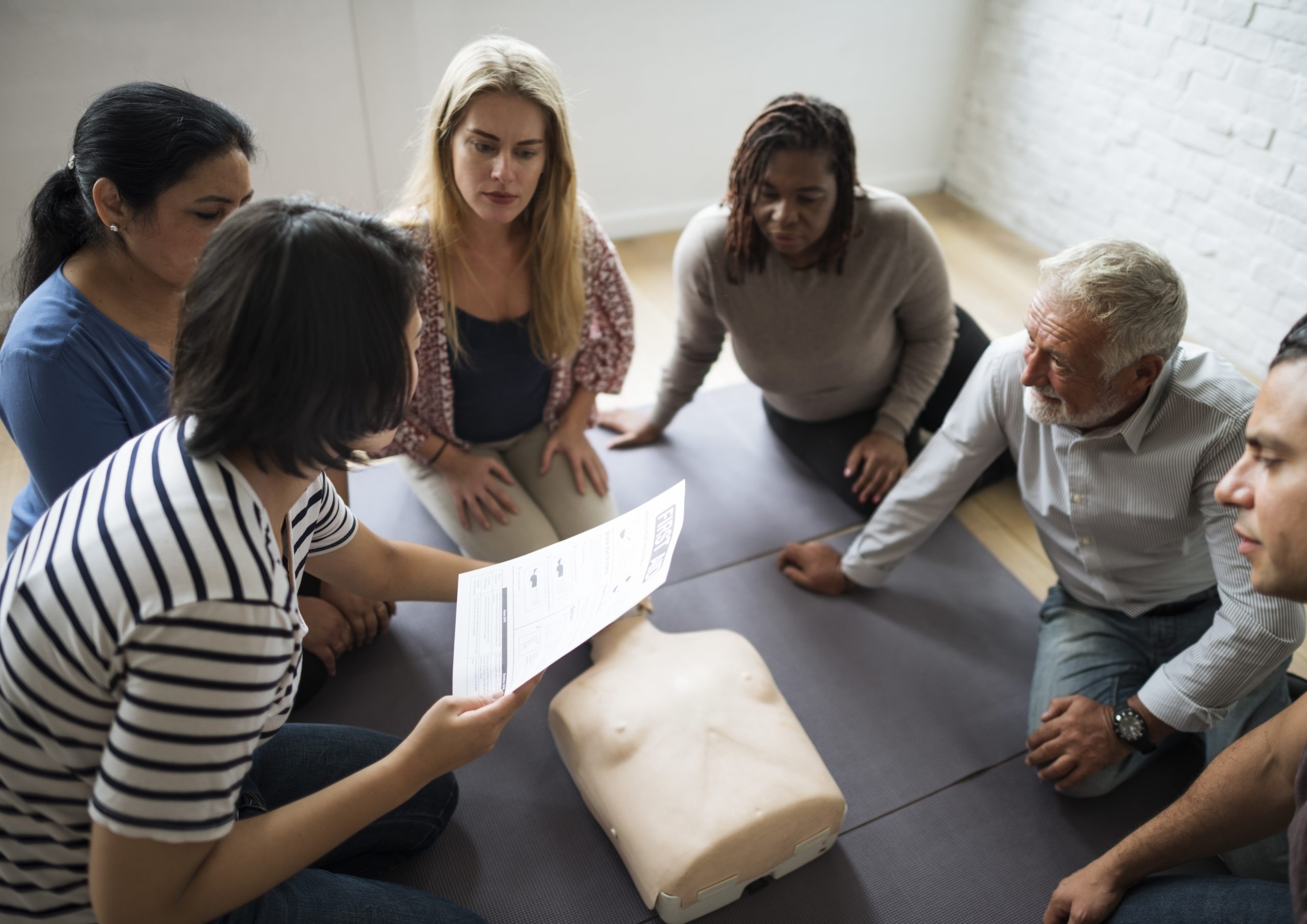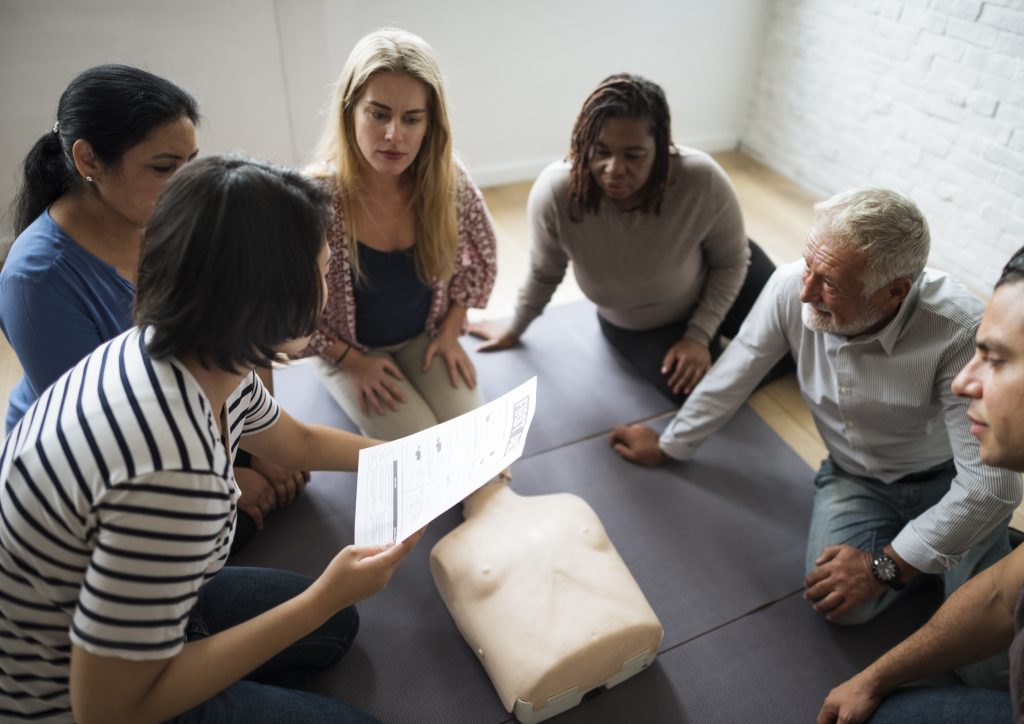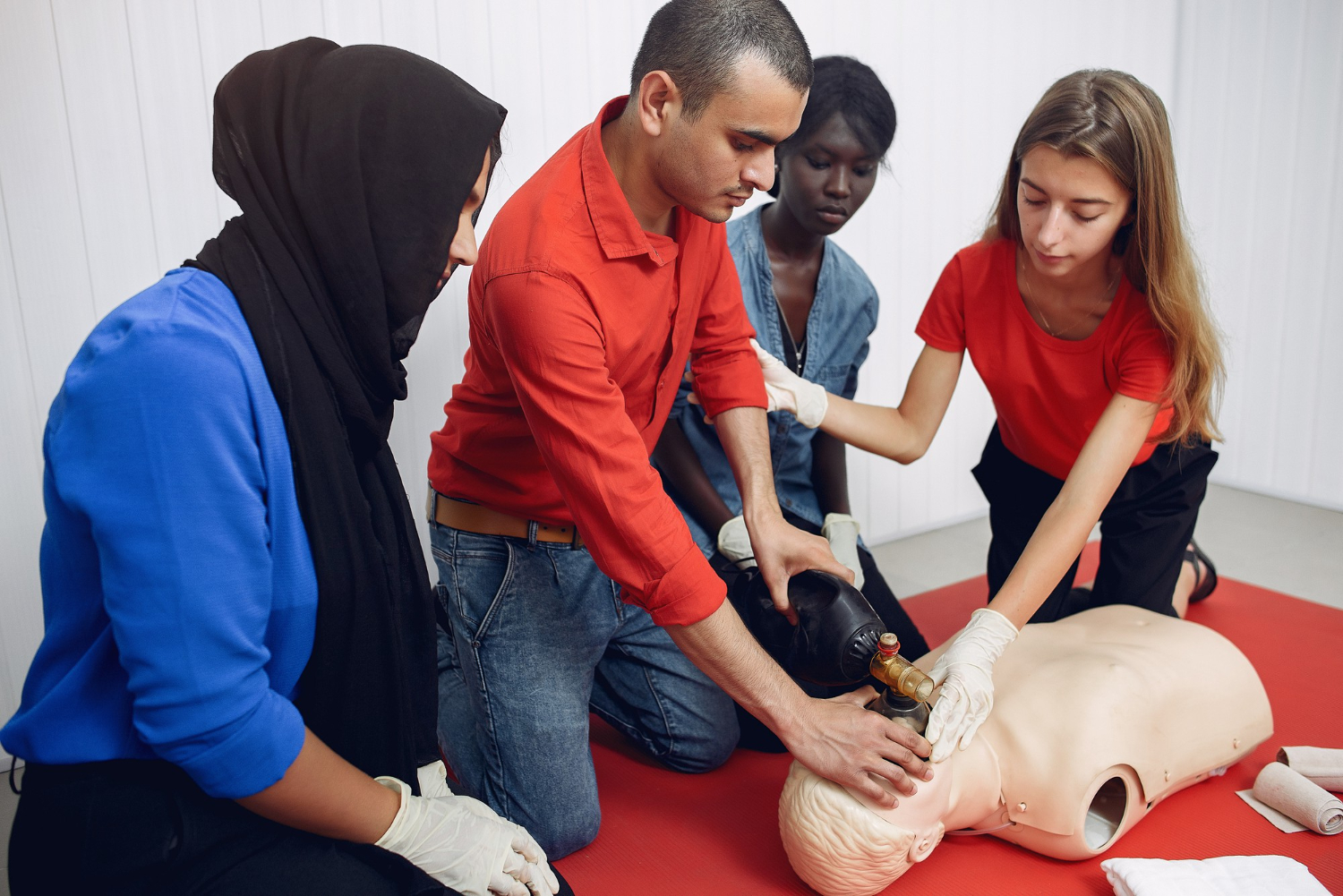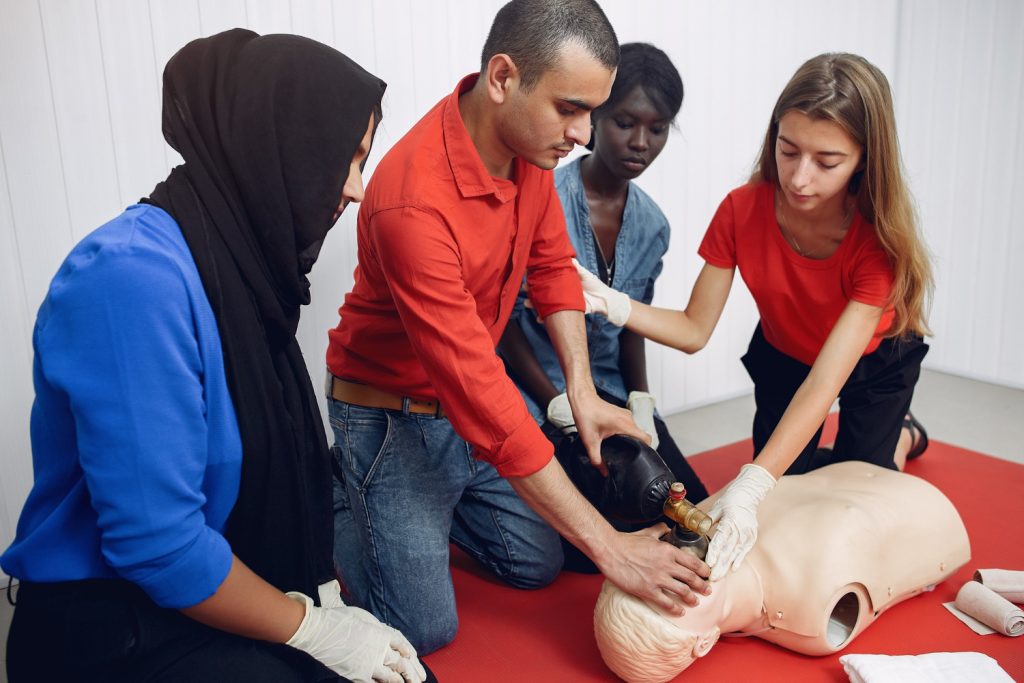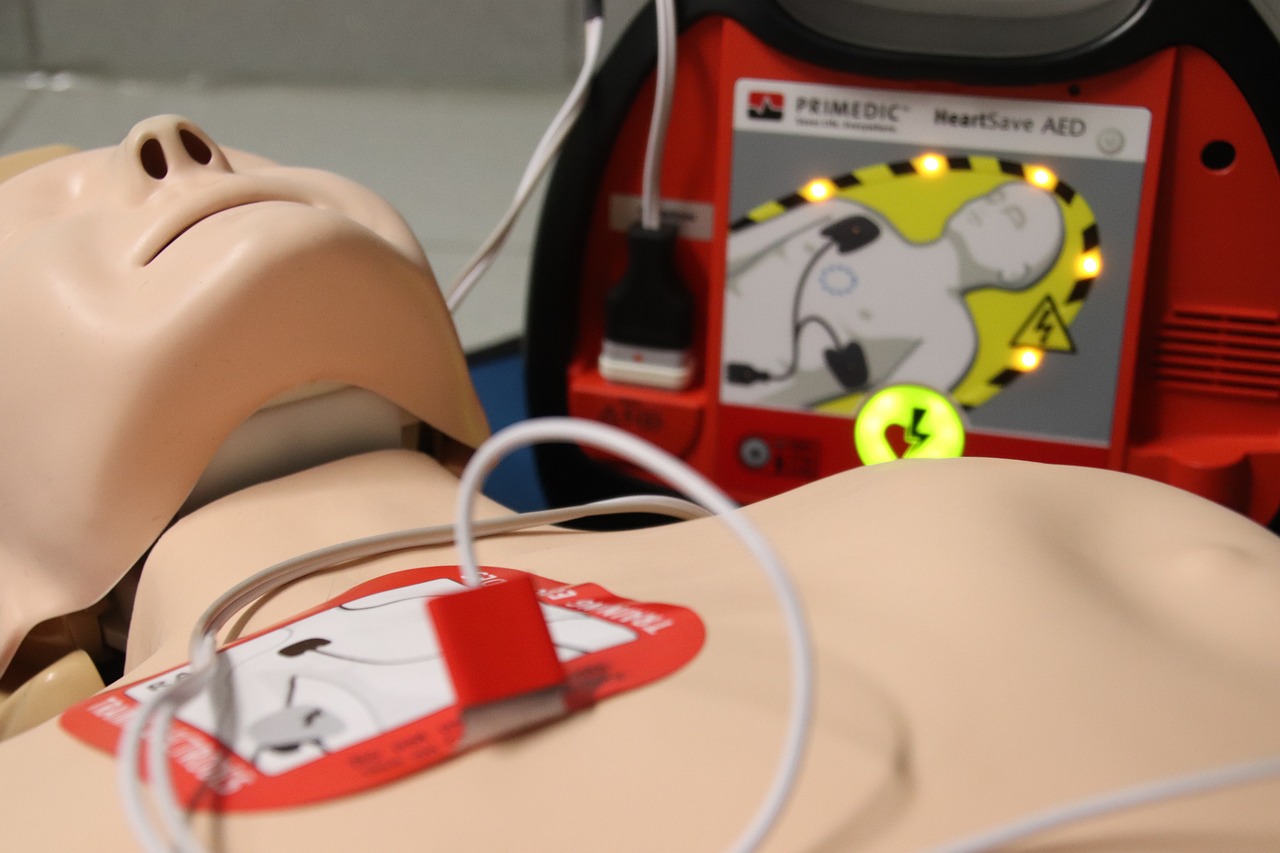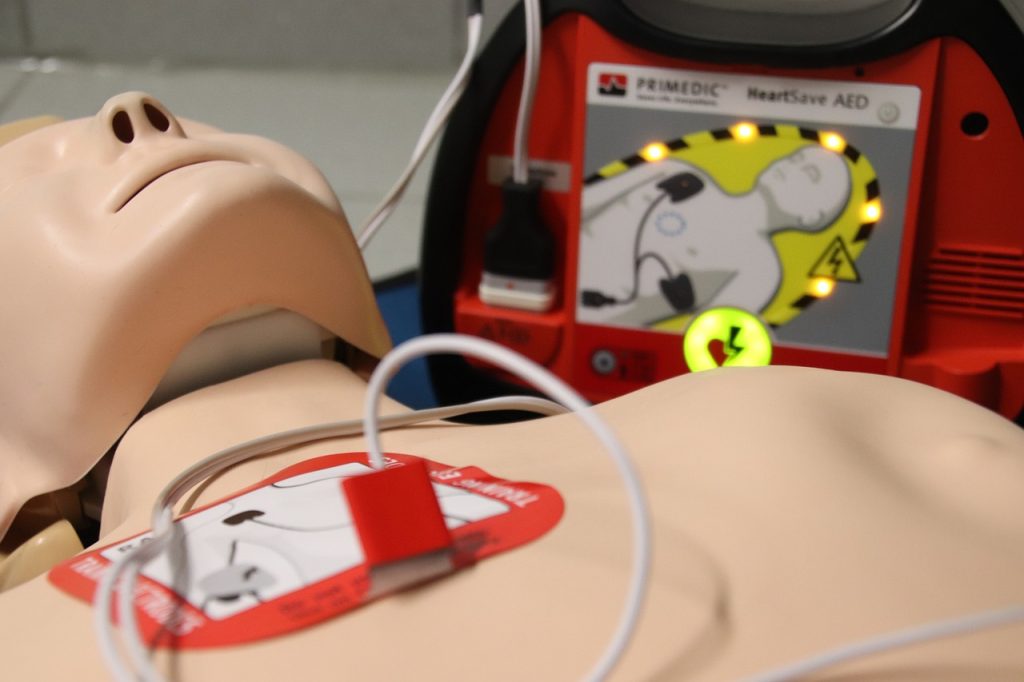CPR Training Classes for Parents in Jacksonville: Ensuring Safety for Your Little Ones

CPR Training Classes for Parents in Jacksonville: Ensuring Safety for Your Little Ones

CPR training classes for parents in Jacksonville are essential for ensuring the safety of your children. Being prepared to respond in emergency situations can make a significant difference in protecting your little ones. CPR, or Cardiopulmonary Resuscitation, is a life-saving technique that can make all the difference in critical situations. That’s why CPR training classes tailored specifically for parents are invaluable resources. Let’s explore the importance of CPR training and how it can empower parents to act swiftly and confidently when it matters most.
Why CPR Training for Parents In Jacksonville Matters
In Jacksonville, where families thrive and children’s laughter fills the air, the unthinkable can sometimes occur. An unexpected accident, a sudden medical emergency – these moments can unfold in an instant, leaving parents feeling helpless and unprepared. But what if you could be more than just a bystander? What if you could transform into a potential lifesaver, equipped with the skills to act when every second counts?
This is where the importance of CPR training for parents truly shines. It’s not just about checking a box on a safety list or meeting certain requirements. It’s about making a proactive investment in your child’s well-being, your own confidence, and the safety of your community.
Beyond the inherent value of potentially saving your child’s life in an emergency, CPR courses offers a myriad of benefits that ripple outwards, creating a safer and more prepared environment for everyone:
1. Empowering Action in Critical Moments:
Imagine a scenario where your child has a choking incident or experiences cardiac arrest. Knowing CPR equips you with the knowledge and skills to act immediately, potentially mitigating harm and increasing their chances of survival. In those critical moments, every second counts, and being trained can make all the difference.
2. Building Confidence and Peace of Mind:
The fear of the unknown can be paralyzing, especially when it comes to our children’s safety. Mastering CPR techniques empowers you with the confidence to handle emergencies calmly and effectively. This newfound confidence translates into a greater sense of peace of mind, knowing you’re equipped to take charge in challenging situations.
3. Setting a Positive Example:
By prioritizing your own CPR training, you send a powerful message to your children about the importance of responsibility and proactive care. It sets a positive example that fosters their own growth and encourages them to be mindful of their health and safety.
4. Contributing to a Safer Community:
When more parents are CPR-trained, it creates a ripple effect of preparedness throughout the community. This means more individuals equipped to respond to emergencies, potentially saving lives not just within their own families but also in public spaces and neighborhoods.
CPR training for parents is not just a one-time course; it’s an ongoing commitment to your child’s safety and the well-being of your community. It’s about turning fear into action, helplessness into empowerment, and bystander moments into potential lifelines. So, take the first step today, invest in CPR training, and become the hero your child needs, not just in emergencies, but in building a safer future for them and everyone around them.
What to Expect from CPR Training Classes in Jacksonville
So you’ve decided to embark on the empowering journey of CPR training! What can you expect from these classes in Jacksonville? Don’t worry, it’s not about dissecting frogs or memorizing complex medical jargon. Think of it more like unlocking a secret weapon in your parenting arsenal: the power to potentially save a life. Here’s a sneak peek into what your training might entail:
1. A Foundation in Lifesaving Techniques:
You’ll delve into the fundamentals of CPR, learning proper hand placement, compression depth, and rescue breaths for both infants and children. Imagine yourself confidently performing chest compressions, knowing you’re providing vital oxygen until professional help arrives.
2. Mastering the AED:
Don’t let the fancy acronym intimidate you! You’ll learn how to operate an Automated External Defibrillator (AED), a device that can deliver a lifesaving shock to restore a regular heartbeat. Think of it as your trusty sidekick in the fight against cardiac arrest.
3. Building Confidence Through Practice:
Don’t worry, you won’t be thrown into the deep end! The training environment is supportive and hands-on, with ample opportunities to practice techniques on mannequins under the guidance of qualified instructors. By the end, you’ll feel confident and prepared to act in real-life scenarios.
4. Tailored for Parents:
Unlike generic CPR courses, your training will likely focus on age-appropriate techniques specifically designed for infants and children. This ensures you’re equipped to handle emergencies involving your precious little ones.
5. Beyond the Basics:
Many classes go beyond just CPR, covering additional first aid skills like choking interventions, wound care, and basic injury management. This equips you with a broader skillset to handle various emergencies.
6. Certification to Empower:
Upon successful completion, you’ll receive a CPR certification, a tangible recognition of your newfound lifesaving skills. This certification not only boosts your confidence but also demonstrates your commitment to your child’s safety.
Remember, CPR training is an investment in your child’s well-being, your own empowerment, and a safer community. By taking this proactive step, you’re not just learning a skill; you’re stepping into your superhero cape, ready to act when moments truly matter. So, enroll in a CPR training at CPR Classes Near Me Jacksonville today and unlock the potential hero within you!
Benefits of CPR Training for Parents in Jacksonville
CPR training equips parents in Jacksonville with life-saving skills crucial during emergencies. Parents trained in CPR can confidently respond to cardiac arrests, drowning incidents, and other medical crises affecting their children. By mastering CPR techniques, parents can swiftly provide vital assistance before medical professionals arrive, significantly increasing the chance of survival for their loved ones.
Increased Preparedness: CPR training equips parents with the knowledge and skills to respond confidently and effectively in emergencies, reducing panic and increasing preparedness. By understanding the proper techniques for chest compressions and rescue breaths, parents can act swiftly and decisively during critical situations, potentially saving lives.
Improved Confidence: Knowing how to perform CPR instills confidence in parents, enabling them to take control of emergency situations and potentially save lives. Confidence is key in high-pressure situations, and CPR training provides parents with the assurance that they have the necessary skills to intervene effectively during cardiac arrest or choking incidents involving their children or others.
Community Safety: CPR-trained parents contribute to building a safer community by being able to assist not only their own children but also others in need during emergencies. In a city like Jacksonville, where accidents can happen anywhere and at any time, having a community of individuals trained in CPR enhances overall safety and preparedness. Whether it’s at a playground, a school event, or a neighborhood gathering, CPR-trained parents can step in to provide crucial assistance until professional medical help arrives.
Frequently Asked Questions (FAQs)
What is CPR, and why is it important for parents to learn?
CPR, or Cardiopulmonary Resuscitation, is a life-saving technique used to revive individuals experiencing cardiac arrest or respiratory failure. It’s essential for parents to learn CPR as it enables them to respond effectively to emergencies involving their children, potentially saving their lives.
Are CPR training classes suitable for parents with no medical background?
Yes, absolutely! CPR training classes are designed for individuals with varying levels of medical knowledge, including those with no prior experience. Instructors guide participants through the learning process, ensuring everyone gains the necessary skills regardless of their background.
How often should parents undergo CPR training?
It’s recommended that parents refresh their CPR skills regularly, typically every one to two years. This ensures they stay up-to-date with any changes in CPR guidelines and maintain proficiency in life-saving techniques.
Where can parents find CPR training classes in Jacksonville?
There are several reputable organizations and healthcare providers in Jacksonville that offer CPR training classes specifically tailored for parents. These classes are often available at local hospitals, community centers, and through private instructors.
Conclusion
In conclusion, CPR training classes for parents in Jacksonville are essential for ensuring the safety of your little ones in case of emergencies. By equipping yourself with the necessary skills and knowledge, you can act swiftly and confidently during critical situations. Sign up for a CPR training class today and be prepared to protect your children when they need you the most. Your proactive approach can make a life-saving difference.

